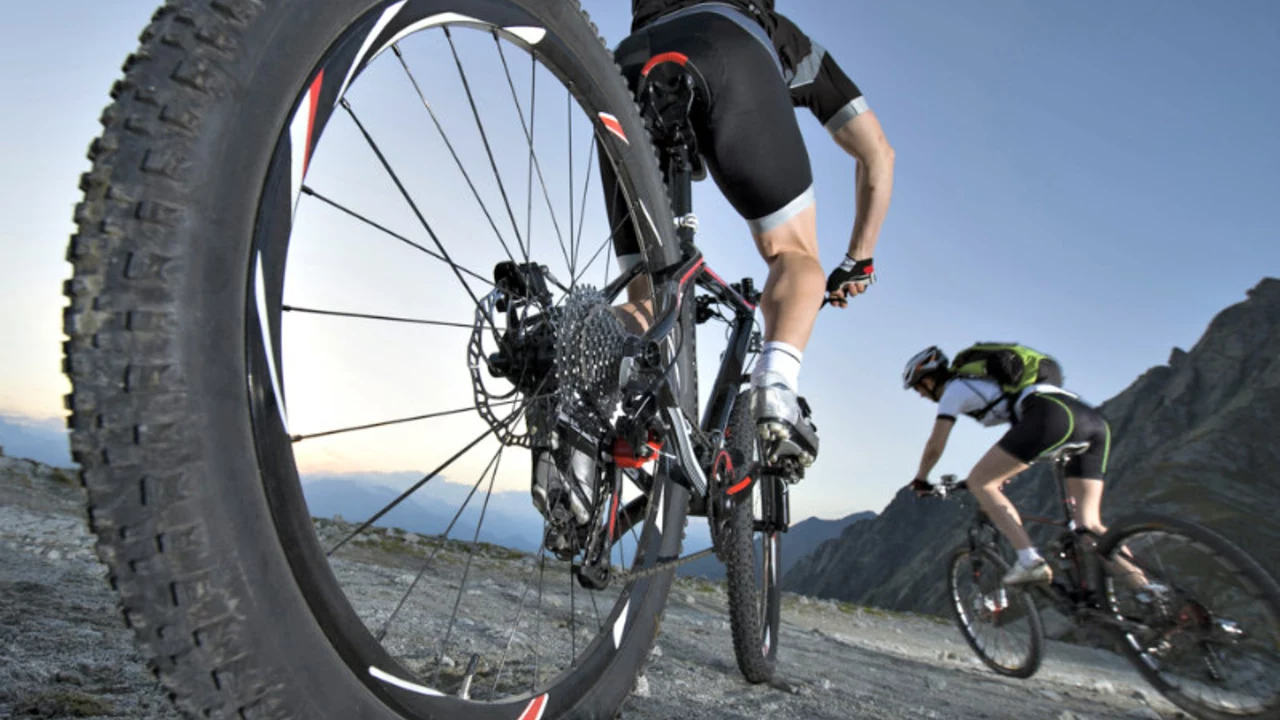Understanding the Main Differences in Cycling
When you start looking at bikes, clothes and routes, the details matter. A small change in frame geometry can feel like a whole new ride, while the wrong pair of shorts can turn a pleasant spin into a painful jam. Let’s break down the biggest differences you’ll meet on the road, the trail and the city.
Bike Types: Road, Mountain, Hybrid – What Sets Them Apart?
A road bike is built for speed on smooth pavement. Light frames, skinny tires and a drop‑handlebar let you cut through wind and keep a steady cadence. If you love long rides on bike lanes or the occasional group ride, a road bike feels fast and efficient.
Mountain bikes, on the other hand, are all about control on rough ground. Wide knobby tires, a sturdy front fork and flat bars give you stability when you’re climbing over rocks or dropping down a single‑track. The geometry is more upright, so you stay comfortable on bumpy trails.
Hybrid bikes try to give you the best of both worlds. They borrow the smooth ride feel of a road bike but keep the comfort of a mountain bike’s wider tires and relaxed geometry. If you commute, run errands or splash around on light paths, a hybrid often feels like a perfect middle ground.
Gear Choices: Shorts, Jerseys, and Accessories – Why They Matter
Cycling shorts are not just fashion; they have padding (the chamois) that reduces friction on the saddle. A good pair keeps you dry, wipes away sweat and stops chafing, especially on longer rides. Wearing them under regular pants works too, but you’ll feel the benefit more if you choose a snug fit.
Jerseys add another layer of comfort. They’re made from breathable fabrics that pull sweat away and keep you cooler on hot days. A well‑fitted jersey also has pockets for snacks, phones or tools, so you stay prepared without extra bags.
Don’t overlook shoes and pedals. Clip‑less shoes lock you into the pedal, giving smoother power transfer and less leg fatigue. If you’re new, start with flat pedals and shoes that have good grip – you’ll avoid slips and stay safe.
Finally, helmets are non‑negotiable. A well‑ventilated helmet that fits snugly protects you and keeps your head cool. Add lights, a lock and a pump, and you’ve covered the essentials for everyday cycling.
Understanding these differences helps you pick the right bike, wear the right gear and enjoy a smoother ride. Try a test ride on a road, mountain and hybrid bike; feel the fit of shorts and jerseys; and see how each choice changes your experience. Small tweaks can turn a casual spin into a routine you look forward to every day.

How do mountain bikes differ from city bikes?
Daxton Fairweather Jul 26 0Mountain bikes and city bikes are designed for different terrains and uses. Mountain bikes are built for tough off-road trails, equipped with robust frames, wide tires, and advanced suspension systems to handle rough terrains. In contrast, city bikes are built for comfort and efficiency on paved roads, featuring lighter frames, narrower tires, and often come with accessories like baskets and fenders. The riding position also varies; mountain bikes position the rider more aggressively, while city bikes allow for a more upright, relaxed ride. Ultimately, the choice between the two depends on your cycling needs and environment.
More Detail